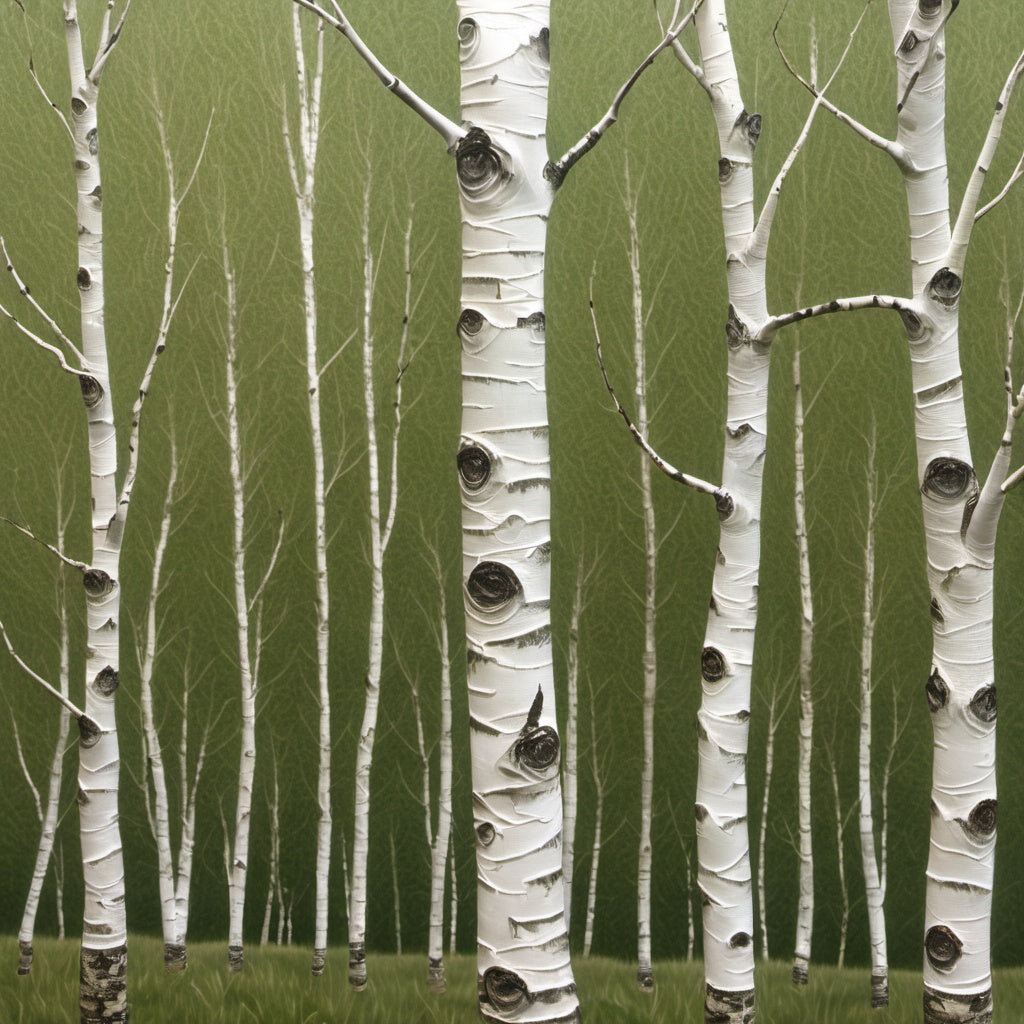Silver Birch Tree Seeds
Silver Birch Tree Seeds
Couldn't load pickup availability
Silver Birch Tree Seeds
(Betula pendula, alba)
Betula pendula, commonly known as Silver birch or European white birch, is a deciduous tree native to Europe and parts of Asia.
Appearance:
- Bark: The distinctive feature of the silver birch is its white, peeling bark, which often has black fissures as the tree ages. The bark is smooth in young trees but becomes rougher with age.
- Height: Silver birch typically grows to about 15-25 meters (50-80 feet) tall, though in ideal conditions, it can reach up to 30 meters (about 100 feet).
- Leaves: The leaves are small, triangular, and serrated along the edges, usually bright green, turning yellow in autumn before falling off.
- Flowers: The tree produces catkins, which are long, cylindrical clusters of tiny flowers. Male and female catkins are separate, with males being longer and more visible.
- Fruit: The fruit is a small, winged seed that is dispersed by the wind.
Growth:
- Habitat: Silver birch thrives in a variety of soils, but it prefers well-drained, sandy, or acidic soils. It is often found in woodlands, heathlands, and open areas.
- Growth Rate: It grows quickly in its early years but has a relatively short lifespan, typically living 60-90 years, although some trees may live longer.
- Light Requirement: This tree is light-demanding and is often one of the first to colonize open or disturbed land.
Uses:
- Ecological Value: Silver birch is an important species for wildlife. Its leaves are a food source for many insects, and the seeds are eaten by birds. The bark and wood provide shelter for various insects and fungi.
- Cultural and Practical Uses: The wood of Betula pendula is relatively soft and is used for making furniture, plywood, and firewood. In traditional medicine, extracts from the leaves, bark, and sap have been used for their diuretic and anti-inflammatory properties. The sap is also sometimes tapped in spring and used to make birch sap drinks.
Zones: 3 to 7
Stratification Requirement: Sow non stratified seed under glass or cold moist stratify 60 days and slightly bury the seed. Stratified seed will germinate in the dark.
Planting Instructions:
Silver birch seeds benefit from cold moist stratification to mimic winter conditions. Place the seeds in a moist substrate like seed starting mix and store them in a refrigerator for 8 weeks to break dormancy and enhance germination rates.
Planting the Seeds
Once stratified, the seeds can be sown in early spring. Prepare a tray or seedbed with well-draining, light soil, preferably a seed starting mix. Spread the seeds thinly over the surface without burying them, as they require light to germinate. Press the seeds gently into the soil and mist them with water to keep the surface moist. The soil should be kept damp but not waterlogged, as excessive moisture can lead to rot or fungal problems. Covering the seed tray with a clear plastic lid or placing it in a greenhouse will help maintain humidity and warmth, which can aid germination.
Germination and Early Growth
Germination typically occurs within 2 to 4 weeks, depending on temperature and light conditions. Once the seedlings emerge, remove the cover and ensure they receive plenty of indirect sunlight. Thin out the weaker seedlings to prevent overcrowding, allowing the stronger ones to develop. Water regularly, but be careful not to overwater. Transplant the young seedlings into larger pots or directly into the ground once they are sturdy enough to handle (usually after they have developed a few sets of true leaves).
Transplanting and Aftercare
When transplanting young birch trees, choose a site with well-draining soil and full to partial sunlight. Birch trees prefer slightly acidic, moist soils, though they can adapt to a variety of soil types. Space the trees about 3 to 4 meters apart to allow for their mature size. Water them regularly during the first year of growth to help establish their root systems. Mulching around the base of the tree can help retain moisture and regulate soil temperature. Once established, silver birch trees require minimal care, though they benefit from occasional pruning to maintain shape and remove any dead or weak branches.
Share


